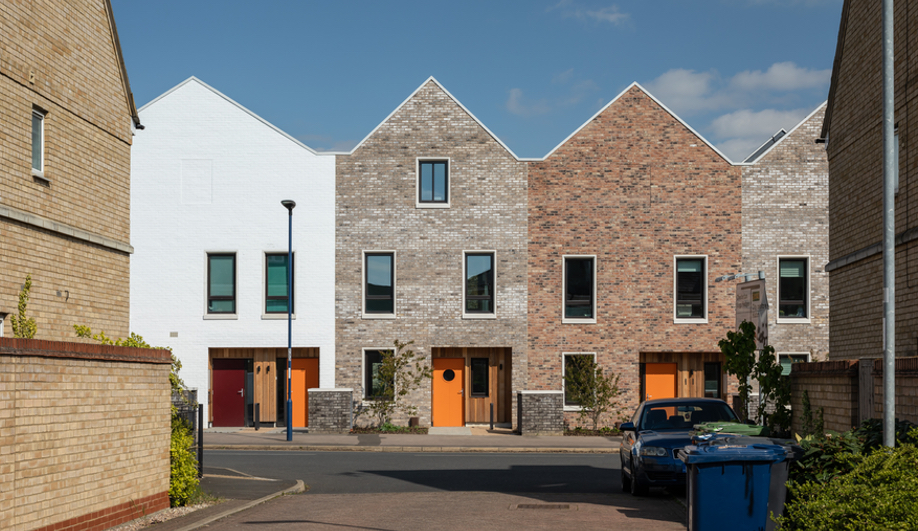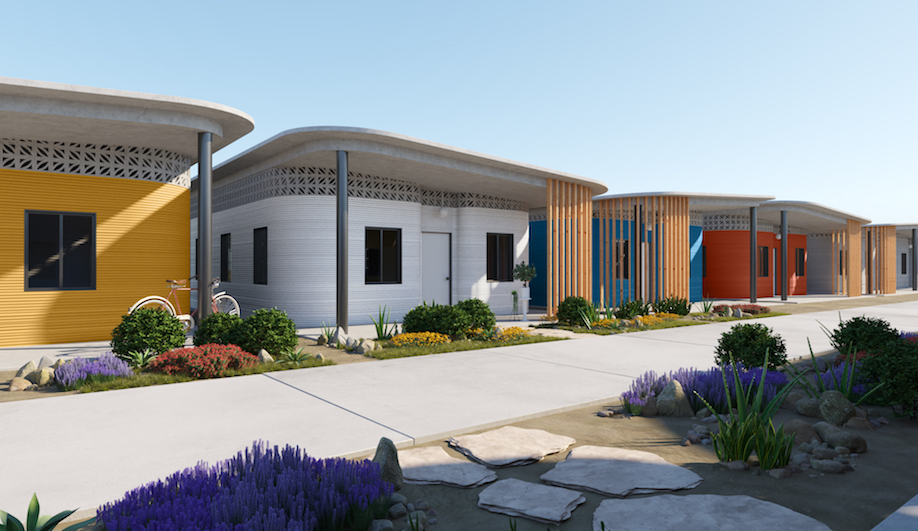George Brown College’s interdisciplinary design program develops strategies for the town of Markham, Ontario, that seek to increase density and improve quality of life.
Cities are constantly evolving. “Edge cities,” for instance, emerged in the 1950s and 60s as boomers came of age, driving rapid suburban growth that was intensified by the rising popularity of the car. In the Greater Toronto Area, mortgage subsidies coincided with the rollout of the 400 series of highways to turn outlying rural hamlets like Markham into sleeper communities for the downtown area. As the town grew, diversity and a sense of community grew with it. Over time, changes to local industry and demographics created a need for corresponding changes to city planning.
The Institute Without Boundaries is all about improving cities through design. Each year, these post-grad students (this year’s lot includes transplants from Taiwan and Mexico) develop a project that examines the systems of a global city and look for a variety of ways to better the urban and suburban environment. Throughout the design process, the students collaborated closely with business leaders and citizens, and studied Markham’s workings for nine months before producing COLab, a set of holistic strategies addressing the city’s needs.
The case studies provide inspiration for a range of tactics that are as diverse as the students themselves. Markham’s Main Street, for instance, is no longer the hub it once was, since development has shifted further from the city core. To entice visitors back to the area, and get them out of their cars and onto the sidewalks, COLab advises widening pedestrian paths with permeable pavers, adding bike lanes, and employing a playful wayfinding system to make active transportation easier and more enjoyable.
To increase density, they suggest reclaiming backyards and parking lots to hold infill homes – smaller “coach houses” that blend in with current architecture, but are better suited to aging empty-nesters and first-time buyers. By constructing artists’ studios and providing infrastructure that better enables working from home, they propose to cultivate the local creative community, fostering economic growth and further enhancing public spaces.
The technologies COLab employs are sustainable throughout, thereby maintaining Markham’s position as a forward-thinking city and continuing to build its green sector.
The COLab exhibition runs until June 30, at the Institute Without Boundaries, 230 Richmond St. E., Toronto.







